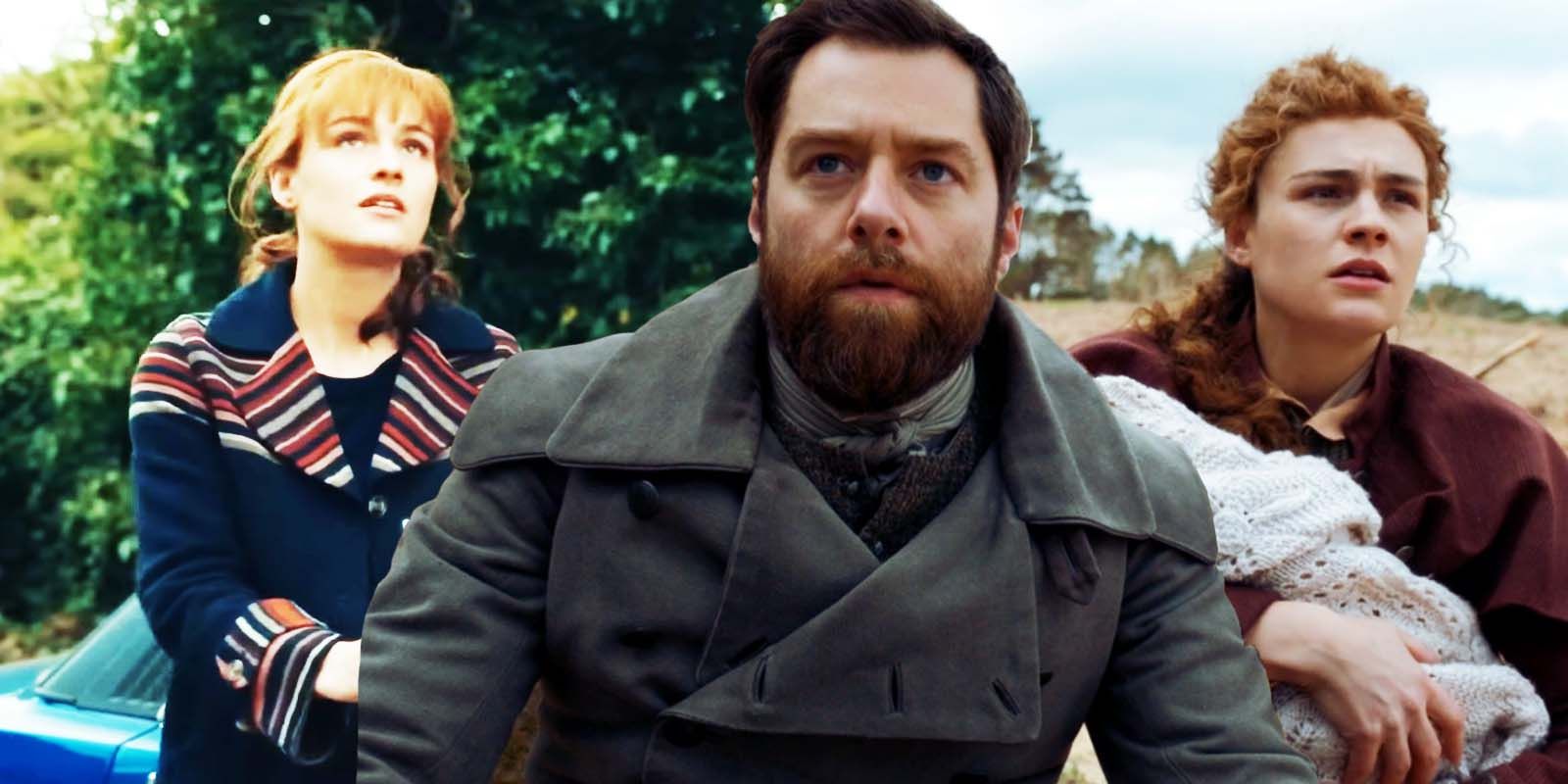Garfield’s Classic “History Of Cats” Comic Strips, Explained

A memorable early Garfield storyline featured the feline’s version of “the history of cats,” a sequence of comic strips published in the summer of 1979; as the week progressed, series creator Jim Davis took readers on a tour of the past – from the dawn of life on Earth up through the modern era – all from Garfield’s perspective.
Garfield’s “History of Cats” offers a great insight into how a single one of Davis’s jokes could evolve over a span of days; coming in just the second year of the strip’s publication, it is a clear example of the author flexing his creative muscles, by planning an extended gag.
The strips also gave Davis the opportunity to step outside the comic’s usual setting, Jon Arbuckle’s house, and go to some unexpected places – all while adding to what made Garfield such a lovable, enduring character.
Garfield’s Hilarious Take On The Origins Of The Species, From His Early “History Of Cats”
First Published: August 6 Through August 11, 1979
“Garfield’s History of Cats” begins when “the very first cat crawled out of the sea ten million years ago,” as a cat with a Garfield-like face, but long fangs, and the body of a fish, walks on land for the first time – and immediately encounters “the first mouse.” That comic was published on a Monday – by Saturday, Garfield’s lecture had covered prehistoric times, the Dark Ages, explorers Marco Polo and Christopher Columbus’s cats, and finally, cat’s contributions to society in more modern times.

Related
The Evolution of Garfield’s Character Design Over the Decades
There are few cats in the public eye as recognizable as Garfield. But despite this, many wouldn’t recognize Garfield’s very first appearance.
As was the point of Garfield’s humor, the “History of Cats” sequence of comics was deliberately broad, designed to connect with the widest possible audience. In practice, for artist Jim Davis, this meant choosing eras and historical figures to reference carefully, to maximize their reach. Though at the conceptual level, the premise of the gag shows Davis was interested in history – or at least considered it fruitful ground for comedy – it refrains from being too highbrow, at the risk of losing readers.
The Key To Success With Garfield’s Extended Bits Was Comedic Escalation
How “History Of Cats” Exemplifies This
“History of Cats” provides a strong example of the quality that makes a week-long joke work in a cartoon like Garfield; that is, the vital thing is to keep taking the joke to the next level in each successive strip. “History of Cats” offered Jim Davis a linear path along which to craft his sequence of punchlines, each one becoming more ridiculous in a way that mirrors the increasing complexity of the historical era being referenced. The joke is extended, and escalated, day-by-day – but the essential structure remains the same.
As far as the history of the strip goes, “History of Cats” helped to set the precedent for how
Garfield’s
week-long, extended jokes would operate.
In each strip, Davis tells the reader the era, then introduces the “Garfield-centric” twist on actual history, before finally delivering a punchline that ties the joke back to the modern world. Also of note is the way that the cats in the illustrations come to look progressively more like Garfield as they approach modernity – a strong visual touch that works to connect the joke back to the character even further. Overall, as far as the history of the strip goes, “History of Cats” helped to set the precedent for how Garfield’s extended jokes would operate.
Exploring What Made Garfield One Of The Most Successful Comic Strips In History
Jim Davis’s Sense Of Humor
In the years and decades after “History of Cats” was published in 1979, Garfield went on to become a worldwide phenomenon, solidifying it as among the most successful cartoons in the history of the medium. It is endlessly debatable whether Snoopy or Garfield is more recognizable, but the point is that both have transcended their original status as comic book characters to become cultural symbols. As a character, Garfield may be remembered for his hatred of Mondays, or his obsession with lasagna, but what led to that pop culture success was Jim Davis’s comedic style, and his approach to storytelling.

Related
Jim Davis’ Father Liked 1 Famous Comic Strip More Than Garfield (& Davis Kept It Secret for Decades)
While Jim Davis only admitted it decades later, his father actually preferred another iconic newspaper comic over Garfield, with surprising results.
Davis’s work is rightly lauded for its appeal to all age groups, and its ability to be simultaneously surface-level funny and deeply insightful. Any single Garfield cartoon can stand as a representation of that particular brand of humor, but “History of Cats” exhibits the way that humor could reach beyond a single strip. Garfield’s success, as much as it can be quantified, was tied to Jim Davis’s relentless ambition, and that ambition is evident in this early Garfield gag, which remains one of the most amusing from the formative years of the comic.

Garfield
The Garfield franchise centers around the lazy, lasagna-loving orange cat named Garfield, who spends his days avoiding work, eating, and making sarcastic comments about life. Created by Jim Davis, Garfield’s humorous observations on human (and feline) nature have been a staple of pop culture since the comic strip’s debut in 1978. The franchise has expanded into television shows, films, and a variety of merchandise, making Garfield one of the most recognizable and enduring characters in comic history.
World News || Latest News || U.S. News
Source link





